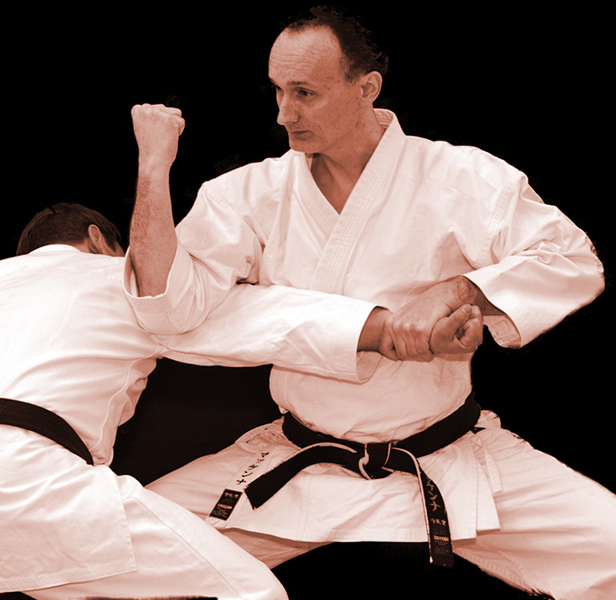Everything You Need To Know About JUDO TECHNIQUES

VIDEO : Learn From These Mistakes Before You Learn SAMURAI SPIRIT JUDO
However regularly when performing the throw both fighters finish on the ground. Certain throwing techniques called sacrifice throws (sutemi-waza) involve putting oneself in a potentially unfavorable position, such as on the ground, in order to execute a throw.
Standing Techniques (Tachi-Waza)
Tachi-waza (Standing techniques) are performed from a standing position, which further devided into Te-waza (Hand techniques), Ashi-waza (Foot / Leg techniques), and Koshi-waza (Hip techniques).
- Hand Techniques (Te-Waza)
Te-waza (hand techniques) belong to the Throwing techniques (Nage-waza) group, and effectively performed using the hands/arms to throw the opponent. It is completed from a standing position, and include the use of body shifting to disrupt the opponent, followed by a throw. This moves help even a smaller opponent to throw a large-statured opponent.
- Foot Techniques (Ashi-Waza)
Asi-waza (foot/leg techniques) belong to the Throwing techniques (Nage-waza) group. There are different types of leg throwing techniques (Ashi Waza), these include those sweeping, reaping and hooking. The ashi-waza techniques are not easy to master but when performed right these are some of the most magnificent throws in the whole of Judo.
- Hip Techniques (Koshi-Waza)
Koshi-waza (hip techniques) belong to the Throwing techniques (Nage-waza) group. The main mechanism of the koshi-waza to get the opponent off balance by pulling or boddy motion and perform the throw with the help of the hip (over the hip). Hip techniques include: Harai Goshi (Sweeping Hip Throw) and Tsuri Goshi (Large Hip Throw).
Sacrifice Techniques (Sutemi-Waza)
Sutemi-waza (Sacrifice Techniques) is the classification the technique where the performer lands on their back or side to throw the opponent. The Sutemi-waza further divided into Back Sacrifice (Ma-sutemi-waza) and Side Sacrifice (Yoko-sutemi-waza).
- Back Sacrifice (Ma-Sutemi-Waza)
Ma-sutemi-waza is the classification Sacrifice Techniques and translated as rear sacrifice techniques. These techniques originates from the fact that one opponent drops himself on his back (sacrifices himself) in order to execute the throw.
- Side Sacrifice (Yoko-Sutemi-Waza)
Yoko-sutemi-waza (Side sacrifice) is the classification of Sacrifice Techniques and translated as side sacrifice techniques. These techniques originates from the fact that one opponent drops himself on his side (sacrifices himself) in order to execute the throw.
Grappling Techniques: Katame-Waza
Katame-waza (Grappling techniques) in most cases are applied when both opponents are on the ground/mat, as opposed to Tachi-waza (Standing techniques) which are applied from a standing posture. The Ne waza further divided into 3 types of techniques: Kansetsu-waza (Joint locks), Shime-waza (Choking techniques), and Osae-komi-waza (Pinning techniques).
- Pinning Techniques (Osaekomi-Waza)
Osaekomi-waza (Pinning techniques) is one of the groups of Katame-waza (Grappling techniques). These pins represent different types of hold down techniques when holds another one on his back.
- Choking Techniques (Shime-Waza)
There are three fundamental manners for chokes: compression of the neck-veins which restricts the flow of blood and oxygen to the brain, compression of the trachea,and compression of the chest and the lungs which prevents breathing.
- Joint Locking Techniques (Kansetsu-Waza)
Kansetsu-waza (Joint locks) techniques includes joint lock techniques against many joints of the body, contemporary judo only involves kansetsu-waza against the elbow. And one can using legs, arms, and knees, to grasp the opponent’s joint, and bend it in the reverse direction to lock the joint, thereby rendering him virtually helpless.
Source : http://judoinfo.com/techjudo.htm





